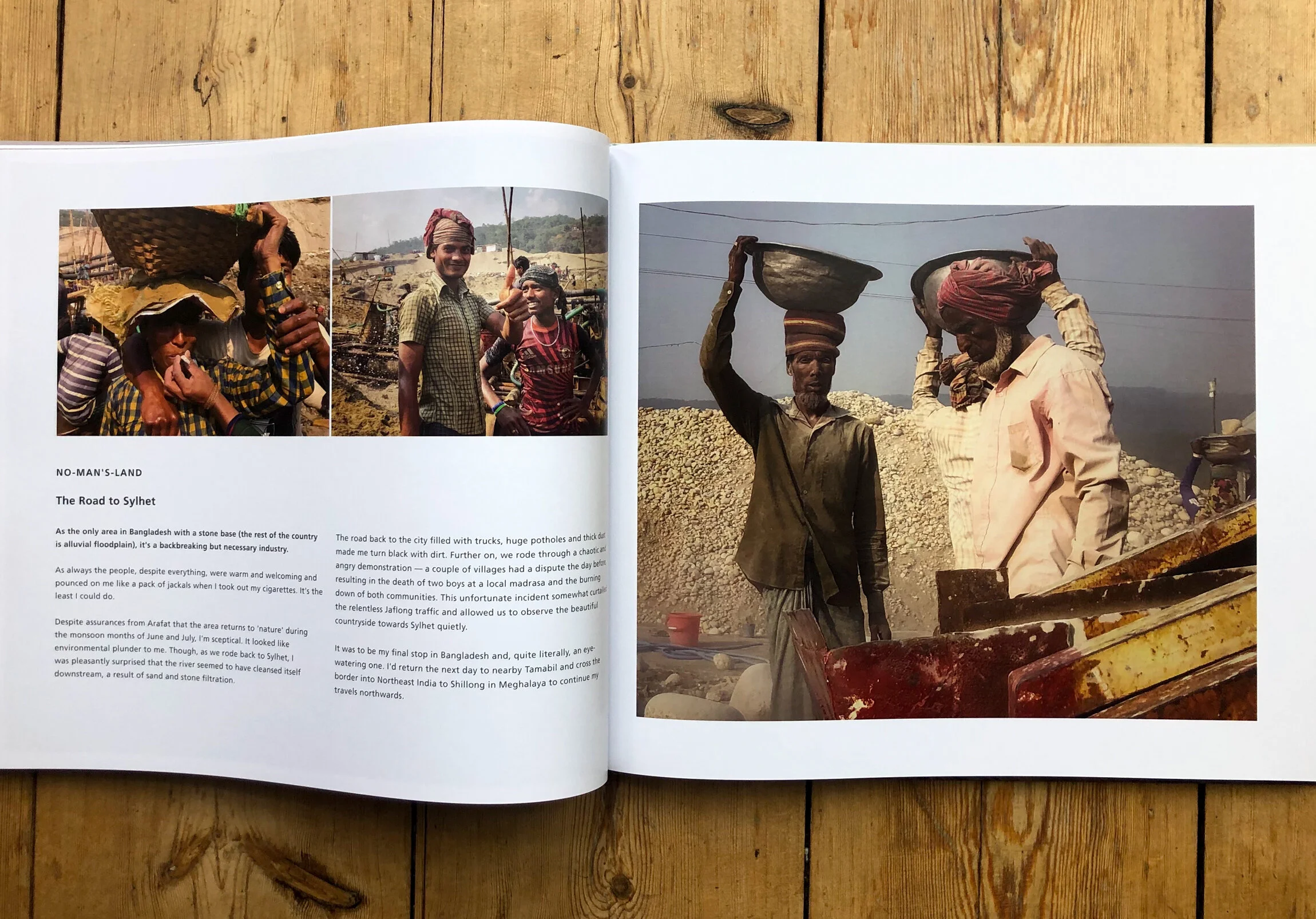
JOURNEYS WITH A SMARTPHONE
Bangladesh
As one of the most densely-populated places on the planet, Bangladesh isn’t on most international traveller’s radar. But it’s a real gem of a country aching to be explored.


SUN, SEA & SUFFERING.
Inside the Rohingya Refugee Camps of Southern Bangladesh
Witnessing a Tragedy
We had just passed the nearby town of Ukhia, so I was half-expecting apocalyptic throngs of filthy, fly-covered, starved children waiting around every moonscaped corner. I cursed my ignorance and the thought of rubbernecking one of the most tragic human episodes of 'textbook ethnic cleansing' in modern times. I attempted to put things into perspective and assess some sobering statistics.
Since August 2017, an estimated 800,000 to 1,000,000 people call this place home, with the majority under 18
The persecution of the Rohingya is a modern phenomenon, though, culminating in the devastation I witnessed. Predominantly Muslim, a previous insurgency in 1978 was brutally crushed by the Burmese military, and over 200,000 Rohingya fled to neighbouring Bangladesh. Denied citizenship under the 1982 Myanmar Nationality Act, which quashed freedom of movement and educational rights, the longstanding name 'Rohingya' was replaced by the term 'Bengali' by the Burmese government.
The Rohingya are trapped. Contained within camps set up by the remarkable benevolence and humanity of the Bangladesh government and its people, and countless worldwide NGOs in support, they're caught between a rock and a hard place. Military and police checks are everywhere — no doubt a traumatic experience in itself — and no Rohingya can stray far without being returned. The Bangladesh government has also banned local people from marrying Rohingya.
Worse still, with their entire livelihoods in ruin back home and the continued failure of the Burmese government to honour the recent reparation agreement with Bangladesh, there is nowhere else to go.
























